spudnick
Jr. Member
- #21
Thread Owner
We had a saying in the concrete business...."a broom finish can cover a lot of sin". Haha, made me laugh.. You must be old school like me Jim.
Pulse valve update,. I am still waiting on gasket material delivery. But i managed to get a start on the new valve seat. I made a few flat seals from different recycled rubber parts, and settled on the one on top of the valve body. It is 1/2 inch thick solid rubber ( shore A65? ), made from a anti vibration mount ( top left ). I machined a bottom step on it for mounting. The aluminum ring, also has a matching inverse step , that will be the seal lock ring.. I have yet to drill and tap for lock ring fastening.. Also on my list, drill a few more water supply ports in the defuser plate , as the new seal assembly will restrict water flow.. ... FYI,:The recycled suction cup rubber (on right) is interesting. It is 1/4 inch thick rubber , with a metal plate center ( 3/32" ). Keep that in mind for specialty repair and build projects. You can never have too many spare parts kickin around.. Lol.. Ken
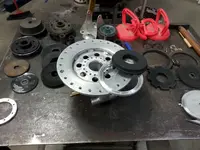
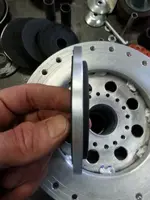
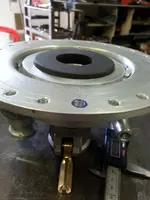
Pulse valve update,. I am still waiting on gasket material delivery. But i managed to get a start on the new valve seat. I made a few flat seals from different recycled rubber parts, and settled on the one on top of the valve body. It is 1/2 inch thick solid rubber ( shore A65? ), made from a anti vibration mount ( top left ). I machined a bottom step on it for mounting. The aluminum ring, also has a matching inverse step , that will be the seal lock ring.. I have yet to drill and tap for lock ring fastening.. Also on my list, drill a few more water supply ports in the defuser plate , as the new seal assembly will restrict water flow.. ... FYI,:The recycled suction cup rubber (on right) is interesting. It is 1/4 inch thick rubber , with a metal plate center ( 3/32" ). Keep that in mind for specialty repair and build projects. You can never have too many spare parts kickin around.. Lol.. Ken






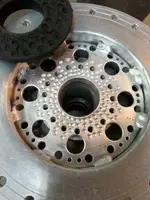
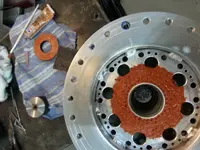
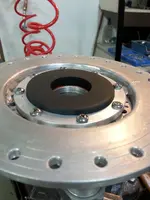
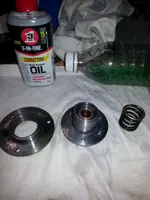
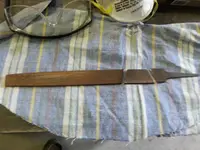
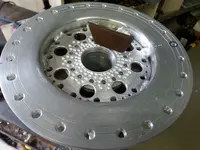
 .Update on ..Template.. Customized Hole punch.. Valve stem Disk.. .........................................................
.Update on ..Template.. Customized Hole punch.. Valve stem Disk.. .........................................................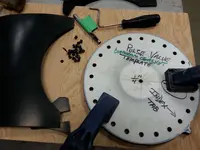
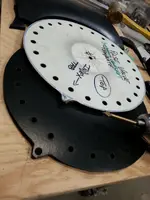
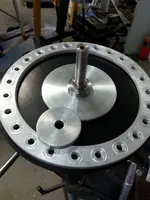
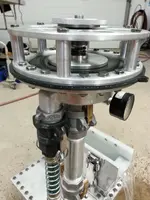
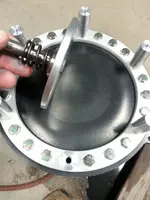
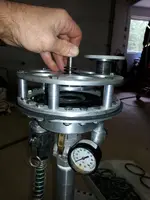
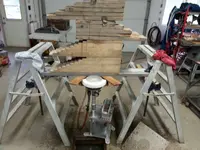
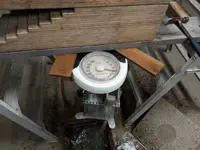
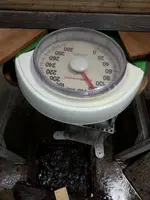
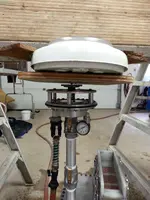

 ?
?